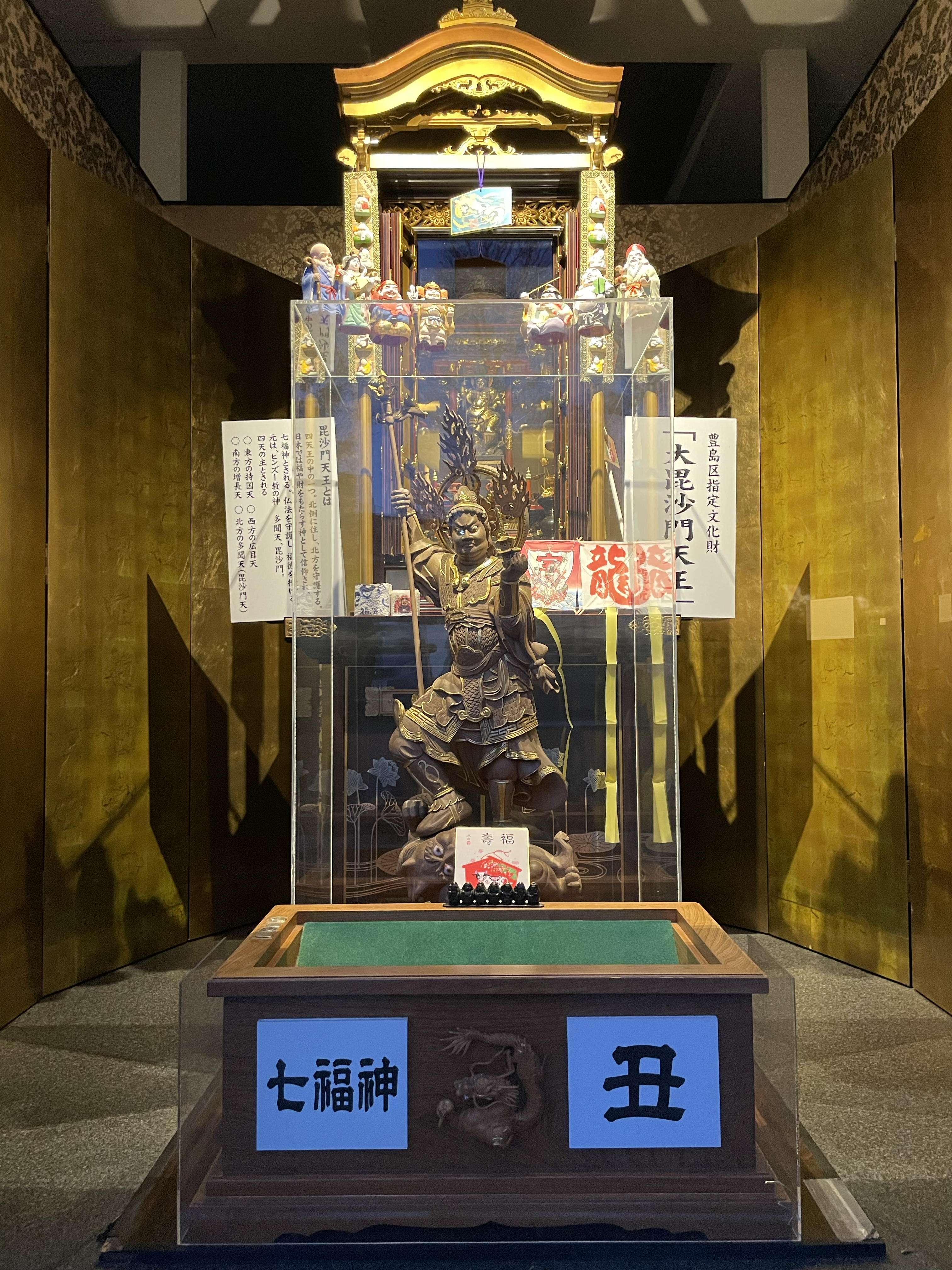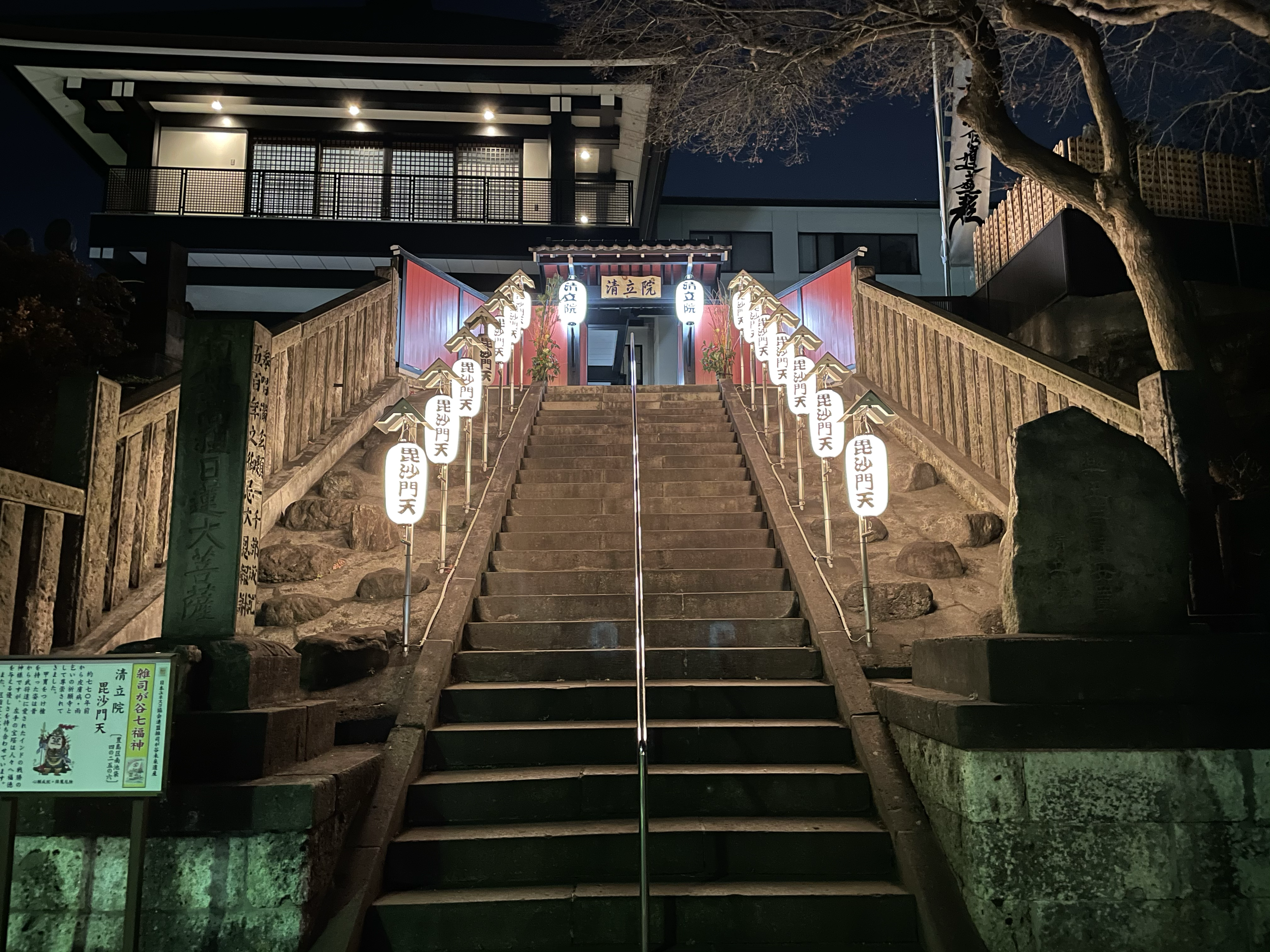About Seiryuin
The beginnings of Nichiren-shu(日蓮宗) date back to the Kamakura period.
The sect was founded by Nichiren Shonin during the Kamakura period (1185-1333), and its main source of guidance was the Myōhō Renge-kyo (Lotus Sutra) preached by Shakyamuni Buddha.
The merits of the Lotus Sutra (good deeds that are the source of happiness in the present and future) are
The title "Nam-Myoho-Renge-Kyo" is the central theme.
Nichiren Shonin taught.
Nichiren shu and Seiryuin.
What's the Myōhō Renge-kyo
(Lotus Sutra) .

It is said that there are 84,000 sutras that summarize the teachings of Buddha. Of these, the most important teaching that Nichiren shu(日蓮宗) holds dear is the Myōhō Renge-kyō (hereafter, Lotus Sutra).
The Lotus Sutra was preached during the last eight years of the Buddha's life and is the culmination of the Buddha's teachings. Its contents are divided into 28 chapters, which condense the essence of all Buddhism and can be considered a compilation of teachings.
Nichiren Shonin, the founder of Nichiren shu(日蓮宗), continued to preach that the Lotus Sutra is the most precious sutra that can save all people living in difficult times.
Waht's Bishamonten

Bishamonten is one of the Four Heavenly Kings in Buddhism, along with Jikokuten, Zocho-ten, and Koumokuten, and is a warrior god.
In India, he was originally regarded as a god of treasure. In the process of its transmission from Central Asia to China, it became a god of war and a guardian deity.
He is revered as a god of military fortune that bestows immense virtue and courage, and is one of the Seven Gods of Good Fortune for bestowing fortune, treasure, and riches along with victory.
The carved wooden statue of Bishamonten (Bishamonten) that resides in Seiryuin Temple is a designated cultural property of Toshima City and is registered as a Future Heritage of Japan by the Federation of UNESCO Associations in Japan.
About Seiryuin

Nichiren Shu Seiryuin was founded more than 750 years ago, around the Kanki era (1229-1232), as Seiryuji Temple in the Shingon sect of Buddhism. The mint was reformed after it saved the common people.
In Ichi Taikan, it is written that Shogen Sei founded Nikko, and that he "left behind a statue of Nichiren Dai Shonin and set out on a journey," etc.Seiryuin Temple was also well known as a place that brought blessings for praying for rain and skin diseases, and was visited by many people because of its great spiritual power. The "Edo Meisho Zue" also mentions that farmers gathered in front of the temple to pray for rain in times of drought. Even today, the "Rain Prayer Pine" remains in the precincts of the temple. In front of the gate, there is a stone monument that reads "Kasamori, Yakuo Bosatsu enshrined.
Around 1675, Seiryo-in Nikkenn Shonin, the fourth head priest of Honryuji Temple, built the Jyodaimoku-do hall and changed the name of the temple to Mitakesan Seiryuin. Around 1820, the temple was succeeded by Seiryoin Nyoboin, and it came to be called "Seiryuin Nun Temple".
Denomination: Nichiren Shu
Mountain name: Mitakesan
Name of the temple: Seiryuin
Gohonzon: Sanposon
Benefit: rain-making
Pilgrims' way: Zoshigaya Seven Lucky Gods(Zoshigaya Shichifukujin (Bishamonten))
Address: 4-25-6 Minami-Ikebukuro, Toshima-ku, Tokyo, Japan
Visitation: Open all year round *Sunrise to 5:00 p.m. due to the Corona Disaster.
Admission: Free in the precincts
Phone: +81-3-3971-8964
URL: http://seiryuin.or.jp/en